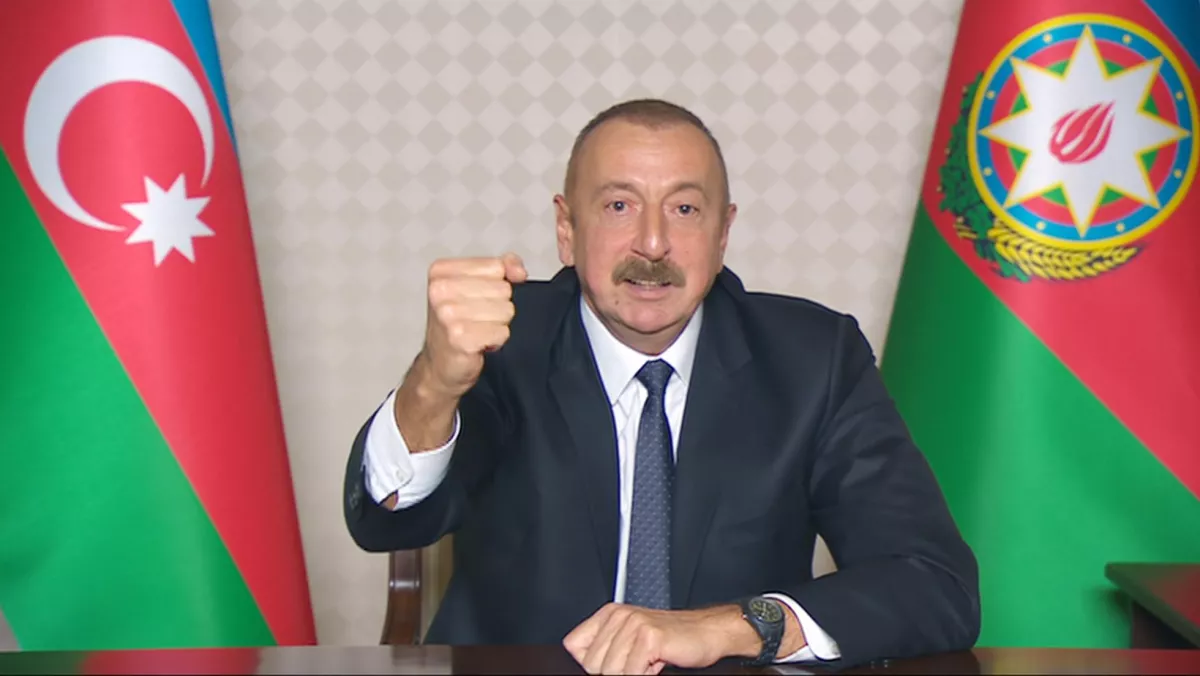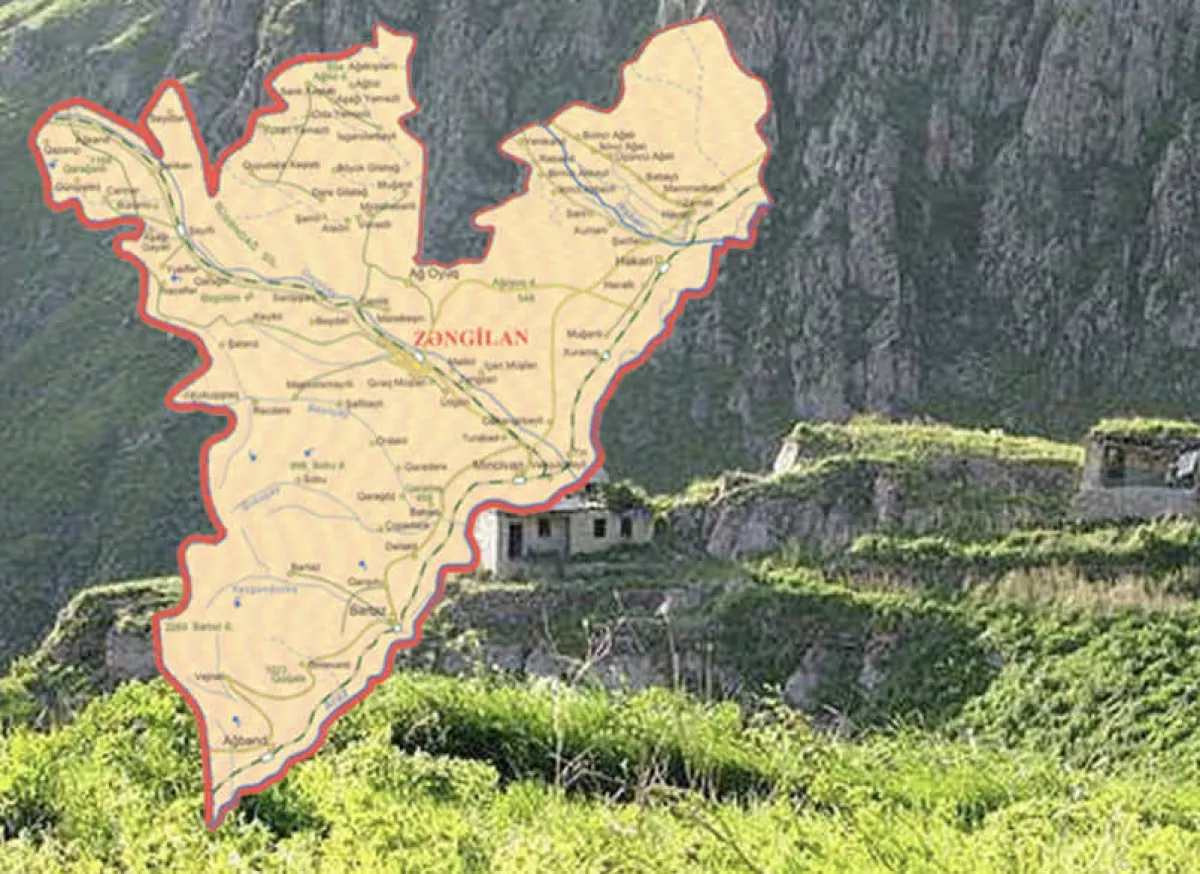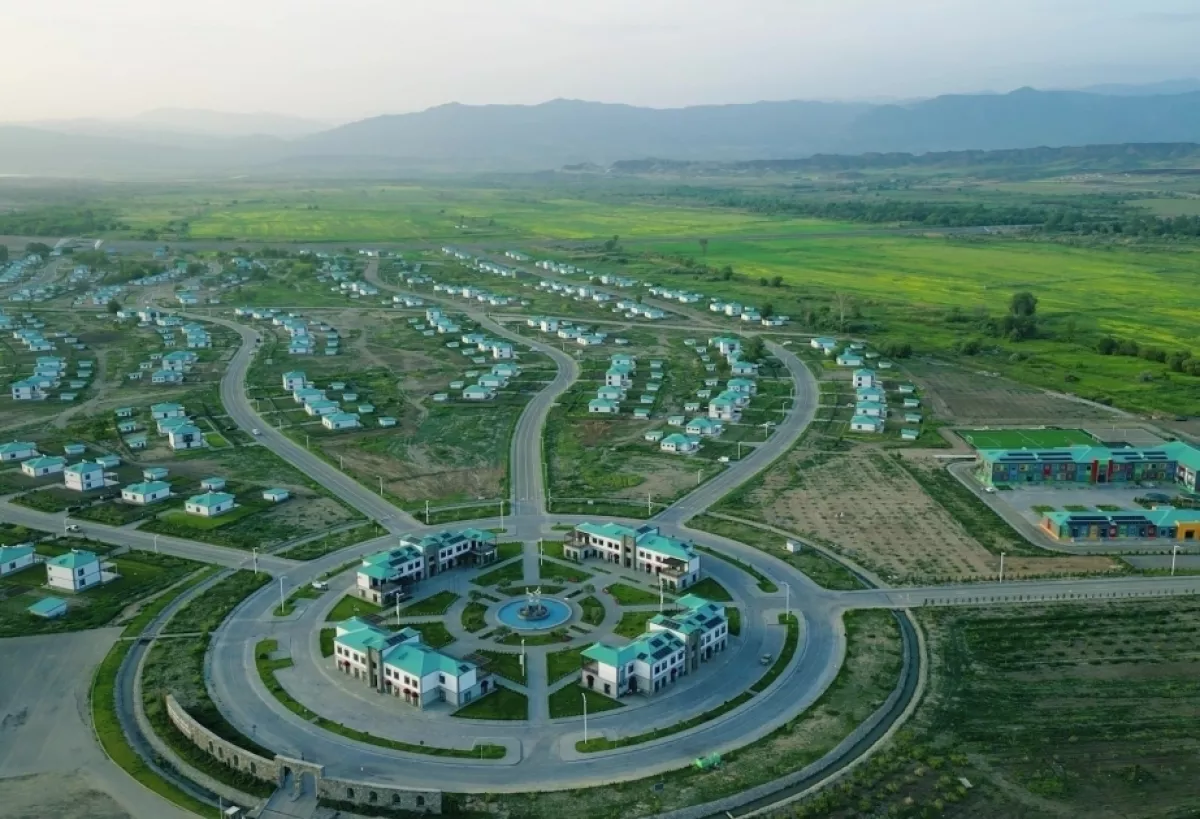Rising from the ashes Celebrating five years since Zangilan’s liberation
October 20, 2020, is one of the most significant dates in Azerbaijan’s recent history. On this day, President Ilham Aliyev announced that the Azerbaijani army had liberated a number of settlements, including the city of Zangilan – a crucial strategic point located in the southwest of the country, in the Araz River valley.
“We changed the status quo by showing strength on the battlefield,” said the Supreme Commander, President Ilham Aliyev, in an address to the nation five years ago. These words were not merely a statement of military success – they marked a turning point in the fate of the entire Azerbaijani people.

Background: Zangilan was one of the most picturesque and distinctive regions of the Azerbaijan SSR. Situated in the southwest of the republic, bordering Armenia and Iran, it was renowned for its unique nature, gardens, vineyards, and forests, and was known as one of the centers of sericulture. Life there was vibrant – schools and libraries operated, agricultural enterprises and livestock farms were active, and roads and bridges connected dozens of settlements. Zangilan is rich in historical monuments, including ancient mosques, caravanserais, and bridges built in the medieval period. This region was considered a living museum of Azerbaijani culture, where Eastern traditions and modernity were harmoniously intertwined.
The Zangilan district was occupied in October 1993. As a result of Armenian aggression, more than 32,000 residents were forced to leave their homes, fleeing ethnic cleansing and violence.
For nearly thirty years of occupation, Zangilan was deliberately turned into a wasteland. The Armenians ruthlessly destroyed infrastructure, cut down forests, plundered natural resources through illegal mining, and desecrated mosques and cemeteries. In place of once-thriving Azerbaijani villages, Armenian settlements and military bases were constructed in violation of international law. All these acts of vandalism aimed to erase the very fact of Azerbaijani presence in Zangilan, to rewrite history, and to destroy Azerbaijan’s cultural heritage.

Today, all of that belongs to the past. During the 44-day Patriotic War of autumn 2020, which reshaped the realities of the South Caucasus, the battles for Zangilan held special strategic importance, as the city sits at the crossroads of key routes – from here, the path was opened to liberate Gubadli and Lachin. Azerbaijani soldiers advanced, overcoming minefields and defensive lines that had been built and reinforced over many years. They fought not only for land but for honour, for the memory of their exiled ancestors, and for the future of their children.
The liberation of Zangilan was not merely a military success – it marked a new era in Azerbaijan’s history. The state, long urged to pursue “endless negotiations” and “seek compromise” under the supervision of the OSCE Minsk Group co-chairs, demonstrated that justice can be restored through resolve and the right of strength.
Contrary to the expectations of many global centres hoping for its failure, Azerbaijan achieved a Great Victory relying solely on its own military potential, the patriotism and courage of its officers and soldiers, the technological superiority of its armed forces, the wise leadership of the Supreme Commander, President Ilham Aliyev, and the unity of its people. The outcome of the Second Karabakh War was not only the liberation of Karabakh and East Zangezur but also the revival of national pride, faith in justice, and the belief that an independent Azerbaijan is capable of determining its own destiny.

Today, five years later, Zangilan is once again becoming a flourishing region: new roads have been built, power lines and water supply networks laid, and modern residential districts constructed. Special attention is being given to “smart city” and “smart village” concepts. Zangilan district was home to the country’s first project of this kind – the village of Aghali, where solar panels and digital management systems have been installed, and modern schools and healthcare facilities built. The first displaced residents have returned here, reclaiming their ancestral homes after decades.
Zangilan is becoming a model of sustainable development, a demonstration of how life can rise from ruins and ashes. The district is regaining its status as a key transport hub, where railway and road routes connect East and West, North and South. A crucial part of this infrastructure is the Zangilan International Airport – a symbol of Azerbaijan’s restoration of its rightful territory, openness, and confidence in the future.








